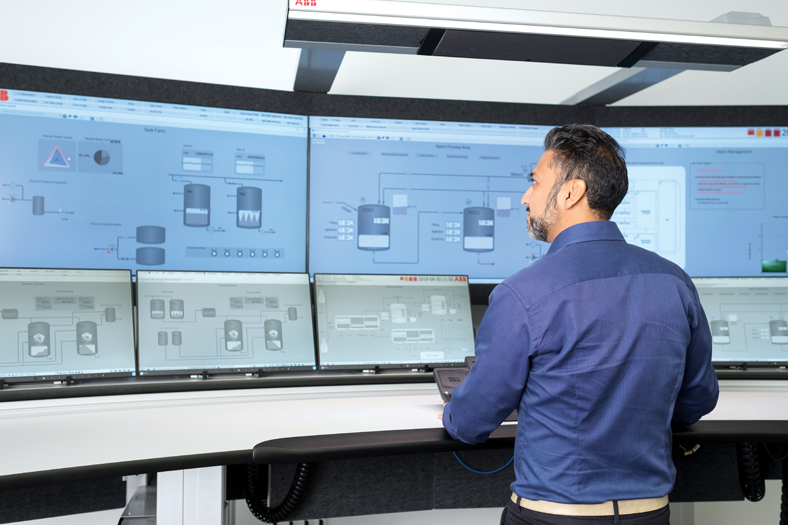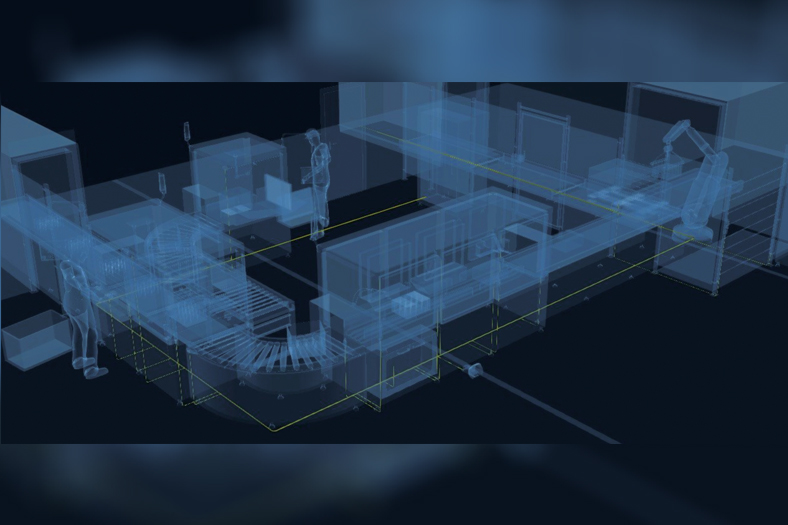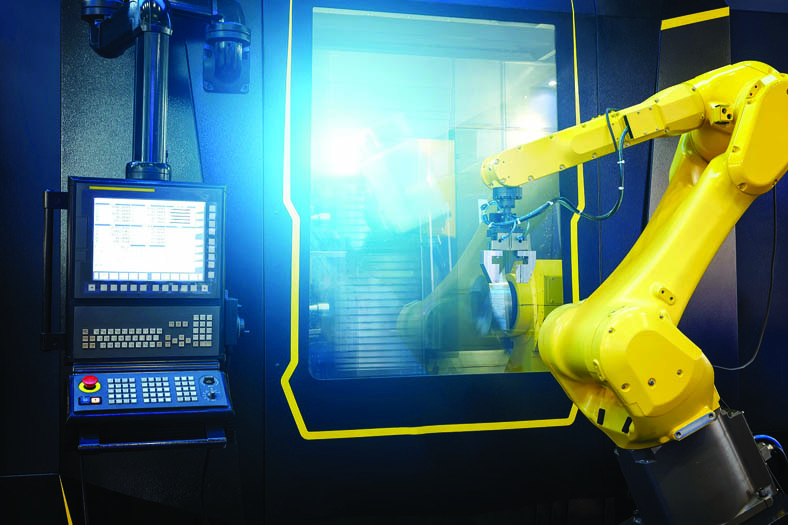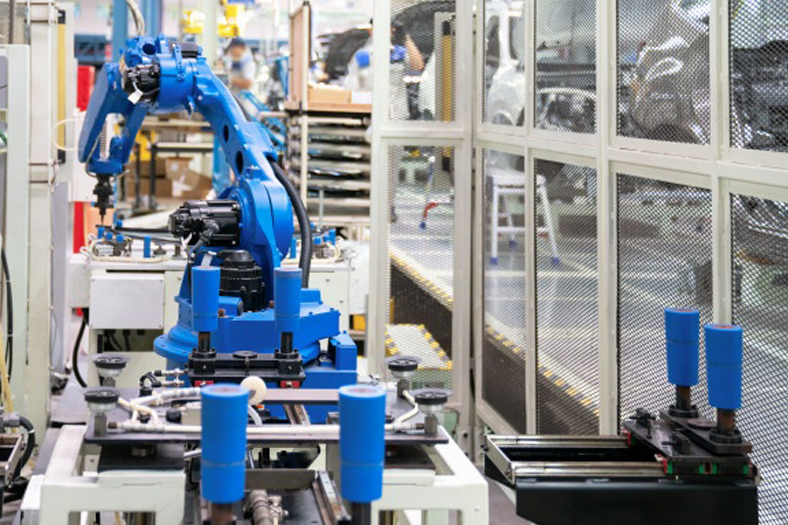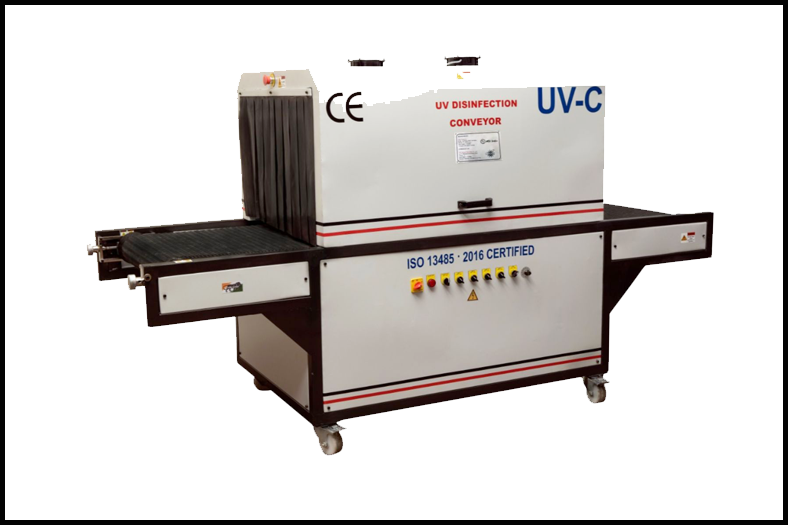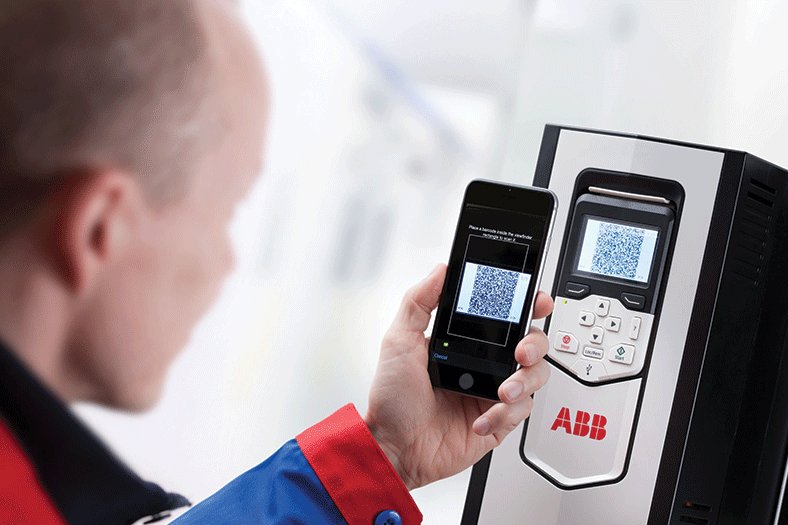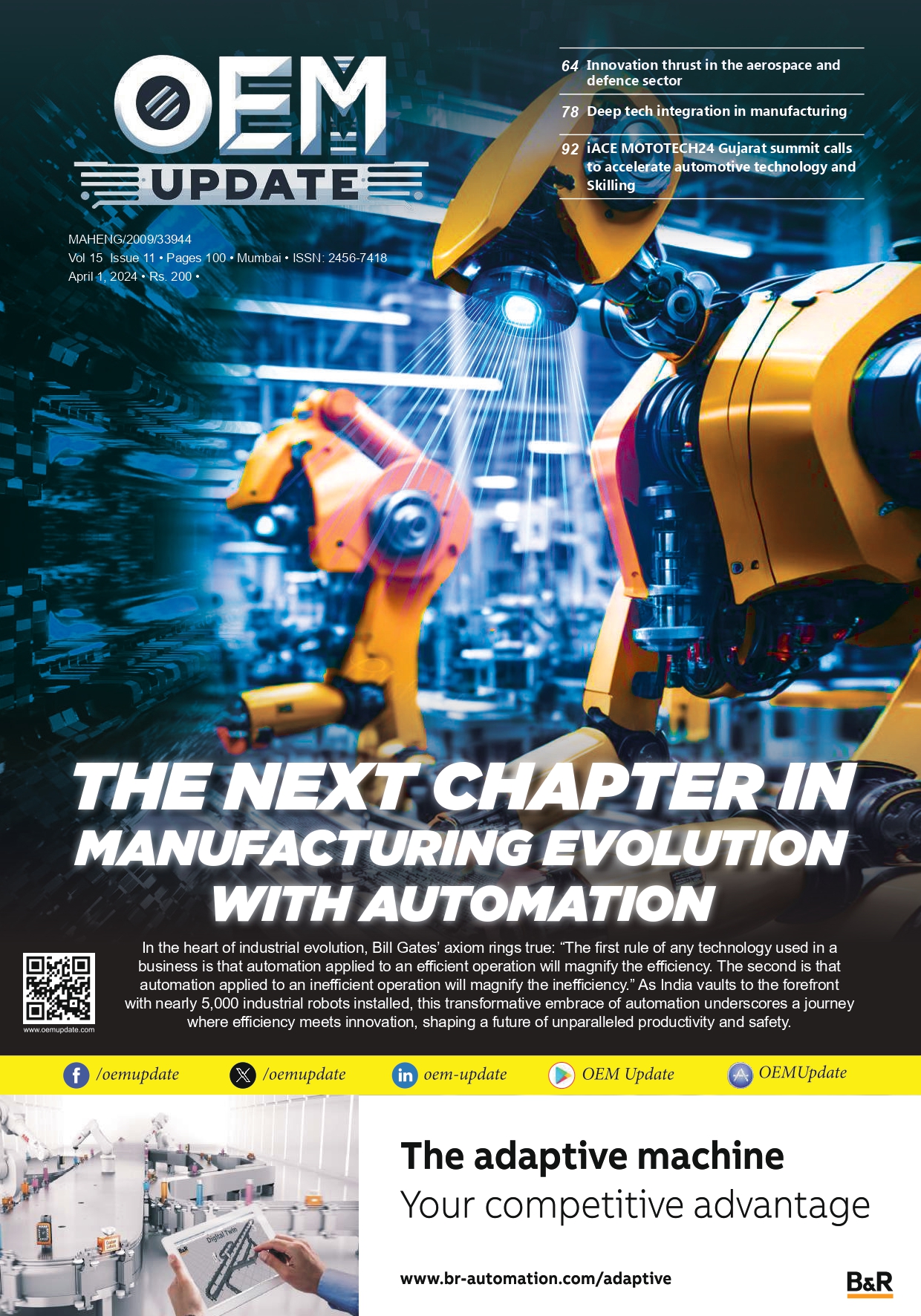Automation helps sugar industry to drive profitability
April 12, 2022 2:42 pm
Automation and optimisation are becoming the ‘need of the hour’ to make the processes more efficient and effective, helping the companies cater to consumer demands.
Sugar producers across the world are under severe pressure to meet the deficit for the commodity in the global market. As increasing efficiencies and reducing operational costs are imperatives for the sugar producers to compete on a global scale, they have been coerced to leverage technology for their objectives.
Latest technologies such as digitalisation and automation are important enablers for sugar producers to innovate, improve and make their businesses sustainable and efficient. Industry players are additionally leveraging digitalisation for backward integration and to monitor forward linkages, however, selecting suitable technology partners remains a problem.
Sugar production has stood at 186.6 million tonnes in 2021, retaining this stance for the last 40 years globally. Demand for sugar on the other hand has surpassed production for the third consecutive year by 1 million tonnes, more than it was estimated in October 2021. This gap in production and demand, coupled with the Covid-19 induced slowdown has resulted in top sugar producing countries, such as Brazil and India, grappling to keep pace with the rising demand for sugar.
Irrespective of their scale, size and complexity, sugar mills need support to upgrade their manufacturing processes and harness new technologies. The mills also vary from each other based on the raw material used such as sugarcane, sugar beet or unrefined sugar.
Owing to all these factors, automation and optimisation are becoming the ‘need of the hour’ to make the processes more efficient and effective, helping the companies cater to consumer demands. For instance, the technology-based solutions have helped some factories lower power consumption by 20 percent, increase throughput by 25 percent and improve availability by 15 percent.
Plant upgrade to increase efficiencies
To achieve optimal production levels, sugar mills require good quality raw material, high degree of efficiency, throughput, and safety (both personal and machinery) of the highest order. Sugar plants are highly energy intensive, and they require reliable equipment and precise controls, especially during their seasonal production cycles.
Modern tech solutions have control systems that allow the plant operators to cut down human error, intervene effectively and reduce waste. Automation allows sugar plant owners and operators to be quick and agile, enabling them to adapt to changing production needs. Automation also allows for predictive maintenance which uses real-time data to identify potential issues and send alerts when maintenance is needed, eliminating production downtimes.
Sugar mill operators often face challenges between selecting a distributed control system (DCS) or PLC-SCADA control system. A DSC provides fully integrated operations and has an advantage over PLC-SCADA systems in complex plant setups. Straightforward to engineers, it requires fewer working hours and provides additional functionalities.
For example, a system could have 10,000 input-output (I/O) tags, which in PLC-SCADA would have to be built up manually rather than automatically in a DCS. It has ready-to-use function blocks, faceplates, and graphic elements. In short, communication across the system is generated virtually out of the box, with one database owning the configuration for all system components and one engineering tool to complete the configuration.
Sugar industry latest
Sugar mill operators have multiple choices when it comes to technology. They can connect independent and disparate production processes with a distributed control system, to provide a single interface, controlling production and the plant’s supply chain for resources such as energy and water. Such a system will most likely lead to lower energy usage, reduced and less complex maintenance, improvements in availability and throughput. The technological interventions will also have a significant impact on efficiencies and the bottom line. The sugar mill operators will be uniquely placed as they will have control of every stage of the process and enterprise-wide information. The system will have flexibility to handle production planning and adjust to changes in raw materials or volumes of the raw materials.
The flexibility is required as it helps sugar mill operators’ account for raw materials and seasonal uncertainties. It additionally helps them factor in energy price fluctuations and water-related challenges. There are other advantages too. It helps them comply with environmental and emission standards and helps them to meet the expectations on traceability and quality control.User-friendly and intuitive interfaces allow operators to visualise real-time and historical data to take informed decisions, improve efficiency, and increase productivity. By setting key performance indicators, the plant operators are alerted when standards are not met. It is designed to guarantee savings in cycle times, fuel consumption and steam generation.
Partnering with global brands
ABB has been partnering with major sugar companies across the globe for over 20 years. The experience has helped the company build considerable domain-knowledge which has scope across other process industries such as mining, cement, pulp and paper, metals, etc.
ABB’s bespoke technological packages for sugar factories, known as libraries, serve as process templates for customer applications. ABB’s latest technological solution – ABB Ability™ System 800xA Sugar Library – has been designed to offer solutions to several challenges faced by the sugar mill operators.
Built from knowledge garnered through collaboration with equipment suppliers and sugar manufacturers, the tech serves as a control engineering inventory and helps reduce engineering costs and development timelines. A high-performance human machine interface (HMI) offers greater visualisation of sugar processes that helps operators to optimise energy and water usage.
The templates, different for sugar process applications, where beet or cane sugar is used, simplifies expansions and eliminates engineering errors, leading to overall improvement in reliability and quality. Operationally, it fulfils all process area requirements such as raw material handling, purification, crystallisation and sugar handling, evaporation, and filtration. A steam economy mode is an added feature of the system. It ensures that steam other than the required quantum is generated during the evaporation phase. The rest is collected and reused for the crystallisation phase, cutting down on fuel required to generate steam, thereby reducing production costs.
Designed to meet customer needs
Solutions such as distributed control systems (DCS), measurement and analytics technologies, HMI, energy-efficient motors, drives and PLC, manufacturing operations management (MOM), process and production intelligence software and robots, etc. are designed to empower sugar mill operators to optimise their operations to better meet customer demands and requirements.
Changing operational requirements and the need to increase efficiency and productivity encourage sugar mill owners to look for technology providers who will not only offer best in-class solutions but also continuously develop their offerings. The customers get to accelerate their efforts to reduce operating costs, advance their digital journey and unlock business value.
Contributed by:
Ashish Bajpai,
Regional lead, Food and Beverage, IMEA,
ABB Process Industries
Cookie Consent
We use cookies to personalize your experience. By continuing to visit this website you agree to our Terms & Conditions, Privacy Policy and Cookie Policy.



